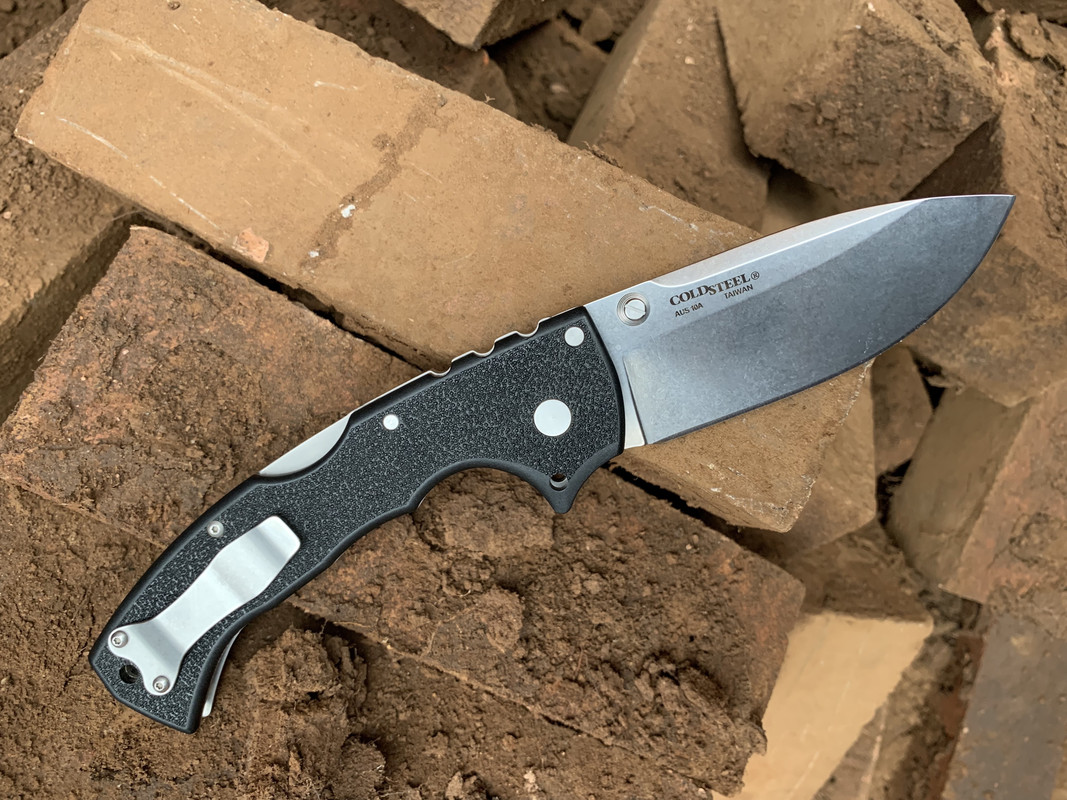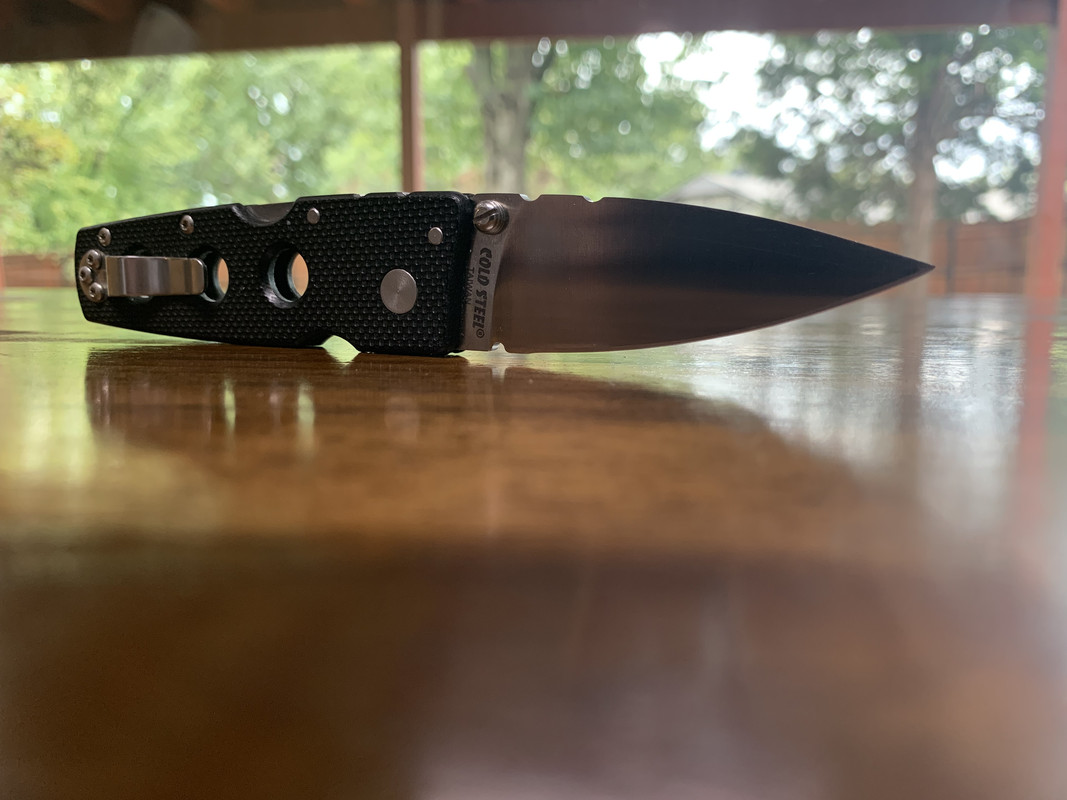- Joined
- Jul 23, 2015
- Messages
- 17,765
I'm planning a run of wakizashis in 1/4" AEB-L. Blade will be 13.5" long and 1.25" tall. And they will be THIN behind the edge. Which is where that matters most.
The BladeForums.com 2024 Traditional Knife is ready to order! See this thread for details:
https://www.bladeforums.com/threads/bladeforums-2024-traditional-knife.2003187/
Price is $300 $250 ea (shipped within CONUS). If you live outside the US, I will contact you after your order for extra shipping charges.
Order here: https://www.bladeforums.com/help/2024-traditional/ - Order as many as you like, we have plenty.
A chopper needs a certain weight.
Choppers need to be thicker just for the weight. Thin choppers still chop but it seems like they fatigue you faster
Choppers need to be, and should be thick
May I respectfully submit that while a chopper does need a forward weight bias, and sufficient weight to bite into material without undue effort, that can also be accomplished by tall blades that are not necessarily "thick". I've made a few choppers in 1/8" and even 3/32" stock thickness, and they performed quite nicely. That being said, depending on the application one might want a thicker spine and a more distinctly wedge shaped blade to prevent the blade getting stuck. Such as if you are chopping wood that is somewhat punky, for example.
I made Baraxes a few years ago in 15N20, blades 15" long and nearly 2" tall, only 3/32" stock thickness. They would easily bite DEEP into wood, and while sometimes it was an effort to wrench them out of the log again, it is a compromise that allowed the tool to be light and easy to carry, making it a great option for hiking or portaging where you might find yourself not only wanting to process wood, but just clear a trail or camp site. The latter two tasks would be much less fatiguing with a lighter long knife than a heavier one.
And we know someone who makes titanium machetes and swords, which also exemplify this idea.

I agree that tall blades give the blade strength
Yeah this is what made me the most annoyed. When i bought my first quality knife from fallkniven (s1x) its rather short, 0.23'' thick, not good for wood craft but not a chopper either.In the pursuit of indestructibility, people are blinded when looking for the purpose of a knife.
The most offending ones are the under 5 inches blade but thicker than 3/16. Not good enough for chopping, not good enough for cutting without significant compromises. Sharpened prybar is not a compliment.
In the pursuit of indestructibility, people are blinded when looking for the purpose of a knife.
The most offending ones are the under 5 inches blade but thicker than 3/16. Not good enough for chopping, not good enough for cutting without significant compromises. Sharpened prybar is not a compliment.
May I respectfully submit that while a chopper does need a forward weight bias, and sufficient weight to bite into material without undue effort, that can also be accomplished by tall blades that are not necessarily "thick". I've made a few choppers in 1/8" and even 3/32" stock thickness, and they performed quite nicely. That being said, depending on the application one might want a thicker spine and a more distinctly wedge shaped blade to prevent the blade getting stuck. Such as if you are chopping wood that is somewhat punky, for example.
I made Baraxes a few years ago in 15N20, blades 15" long and nearly 2" tall, only 3/32" stock thickness. They would easily bite DEEP into wood, and while sometimes it was an effort to wrench them out of the log again, it is a compromise that allowed the tool to be light and easy to carry, making it a great option for hiking or portaging where you might find yourself not only wanting to process wood, but just clear a trail or camp site. The latter two tasks would be much less fatiguing with a lighter long knife than a heavier one.
And we know someone who makes titanium machetes and swords, which also exemplify this idea.



every what knife?Hello everyone! A while ago it was in trend for every knife to be thick ''atleast'' 3/16. I also got on that train, but then after using knives more and more, my knife choice and design has gotten slimer.
Thinner knives cut better and for me perform better too.
What do you say?
What works best for you and what are your prefrences? If you like them thicker, why and what advantages do they give for you?
Let me know!
Have a good day!
Won't cut its way out of a produce bagNot done yet, but this is 1/4”. Do you think it will cut?
View attachment 3010597
View attachment 3010598
View attachment 3010599
It will cut anyone on the receiving end of it, for sure.Not done yet, but this is 1/4”. Do you think it will cut?
